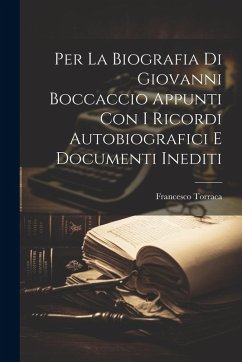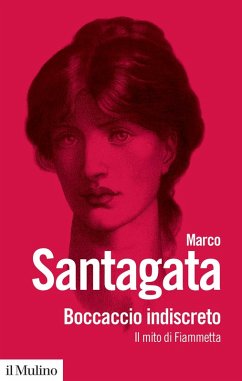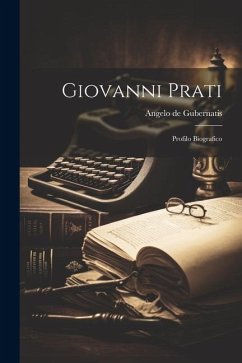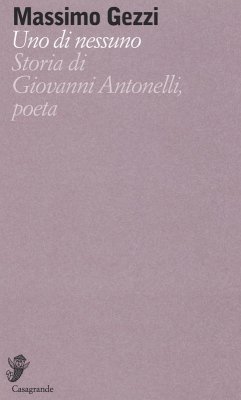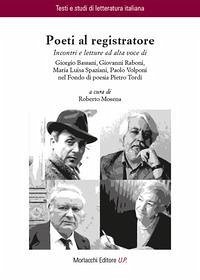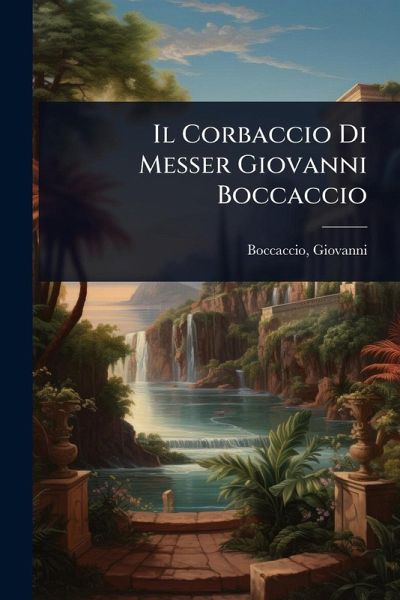
Il Corbaccio Di Messer Giovanni Boccaccio

PAYBACK Punkte
9 °P sammeln!
âIl Corbaccioâ is a satirical work by Giovanni Boccaccio, likely written between 1355 and 1365. This allegorical tale presents a harsh and unflattering portrayal of women. The narrator, initially enamored with a widow, is dissuaded by a ghostly figure, who delivers a scathing critique of female nature. Boccaccioâ(TM)s sharp wit and vivid language create a memorable, if controversial, exploration of misogyny. While the views expressed are products of their time, âIl Corbaccioâ remains a significant work in Italian literature, offering insights into the social attitudes of the 14th century ...
âIl Corbaccioâ is a satirical work by Giovanni Boccaccio, likely written between 1355 and 1365. This allegorical tale presents a harsh and unflattering portrayal of women. The narrator, initially enamored with a widow, is dissuaded by a ghostly figure, who delivers a scathing critique of female nature. Boccaccioâ(TM)s sharp wit and vivid language create a memorable, if controversial, exploration of misogyny. While the views expressed are products of their time, âIl Corbaccioâ remains a significant work in Italian literature, offering insights into the social attitudes of the 14th century and Boccaccio's complex views on love and society. A classic for scholars and readers interested in understanding the Italian Renaissance. This work has been selected by scholars as being culturally important, and is part of the knowledge base of civilization as we know it. This work was reproduced from the original artifact, and remains as true to the original work as possible. Therefore, you will see the original copyright references, library stamps (as most of these works have been housed in our most important libraries around the world), and other notations in the work. This work is in the public domain in the United States of America, and possibly other nations. Within the United States, you may freely copy and distribute this work, as no entity (individual or corporate) has a copyright on the body of the work. As a reproduction of a historical artifact, this work may contain missing or blurred pages, poor pictures, errant marks, etc. Scholars believe, and we concur, that this work is important enough to be preserved, reproduced, and made generally available to the public. We appreciate your support of the preservation process, and thank you for being an important part of keeping this knowledge alive and relevant.



